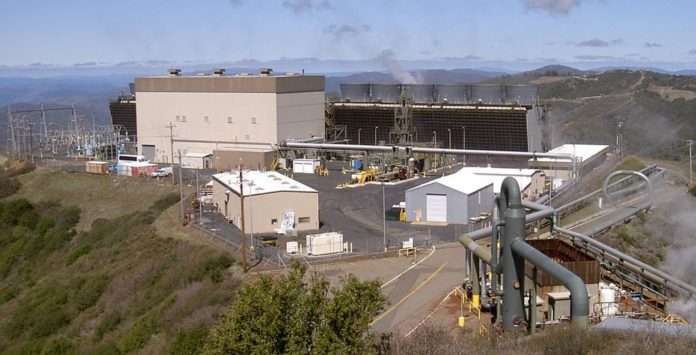Scientists at the Columbia University have discovered a totally new way to study earthquakes. They picked out different types of earthquakes from three years using machine learning algorithms. According to them, these machine learning methods pick out very subtle differences in the raw data that we’re just learning to interpret.
Scientists particularly identified earthquake recordings at The Geysers in California, one of the world’s oldest and largest geothermal fields. They assembled a catalog of 46,000 earthquake recordings, each represented as energy waves in a seismogram. They then mapped changes in the waves’ frequency through time, which they plotted as a spectrogram—a kind of musical roadmap of the waves’ changing pitches, were they to be converted to sound.
Seismologists ordinarily dissect seismograms to evaluate a quake’s size and where it started. However, taking a gander at a seismic tremor’s recurrence data rather enabled the scientists to apply machine-learning tools that can pick out patterns in music and human speech with minimal human information. With these instruments, the scientists diminished every seismic tremor to a spectral “fingerprint” reflecting its subtle contrasts from alternate quakes, and after that utilized a clustering algorithm to sort the fingerprints into groups.
Using this machine learning algorithms, they found repeating patterns of earthquakes appear to match the seasonal rise and fall of water-injection flows into the hot rocks below, suggesting a link to the mechanical processes that cause rocks to slip or crack, triggering an earthquake. It also helped them in making a link to the fluctuating amounts of water injected below ground at The Geysers during the energy-extraction process, giving the researchers a possible explanation for why the computer clustered the signals as it did.
Felix Waldhauser, a seismologist at Lamont-Doherty said, “The work now is to examine these clusters with traditional methods and see if we can understand the physics behind them. Usually, you have a hypothesis and test it. Here you’re building a hypothesis from a pattern the machine has found.”
Scientists noted, “These methods could also help reduce the likelihood of triggering larger earthquakes — at The Geysers, and anywhere else fluid is pumped underground, including at fracking-fluid disposal sites. Finally, the tools could help identify the warning signs of a big one on its way — one of the holy grails of seismology.”
The exploration became out of a bizarre aesthetic coordinated effort. As a musician, Holtzman had for quite some time been receptive to the odd hints of quakes. With sound designer Jason Candler, Holtzman had changed over the seismic floods of chronicles of outstanding quakes into sounds, and after that speeding them up to make them understandable to the human ear. Their joint effort, with examine coauthor Douglas Repetto, turned into the basis for Seismodome, a recurring show at the American Museum of Natural History’s Hayden Planetarium that puts people inside the earth to experience the living planet.
As the exhibit evolved, Holtzman began to wonder if the human ear might have an intuitive grasp of earthquake physics. In a series of experiments, he and study coauthor Arthur Paté, then a postdoctoral researcher at Lamont-Doherty, confirmed that humans could distinguish between temblors propagating through the seafloor or more rigid continental crust and originating from a thrust or strike-slip fault.
Encouraged, and looking to expand the research, Holtzman reached out to study co-author John Paisley, an electrical engineering professor at Columbia Engineering and member of Columbia’s Data Science Institute. Holtzman wanted to know if machine-learning tools might detect something new in a gigantic dataset of earthquakes. He decided to start with data from The Geysers because of a longstanding interest in geothermal energy.
Paisley said, “It was a typical clustering problem. But with 46,000 earthquakes it was not a straightforward task.”
Thus, Paisley found a mind-blowing solution of a topic modeling algorithm that picks usual frequencies in the dataset. When applying another algorithm, they identified the most common frequency combinations in each 10-second spectrogram to calculate its unique acoustic fingerprint. Finally, a clustering algorithm, without being told how to organize the data, grouped the 46,000 fingerprints by similarity.
At the point when the specialists coordinated the groups against normal month to month water-infusion volumes crosswise over Geysers, an example hopped out: A high infusion rate in winter, as urban areas send more run-off water to the territory, was related with more quakes and one kind of flag. A low mid-year infusion rate compared to fewer tremors, and a different flag, with transitional flags in spring and fall.
Now, scientists are planning to apply these methods to recordings of other naturally occurring earthquakes.
The study is published online in the journal Science Advances.
